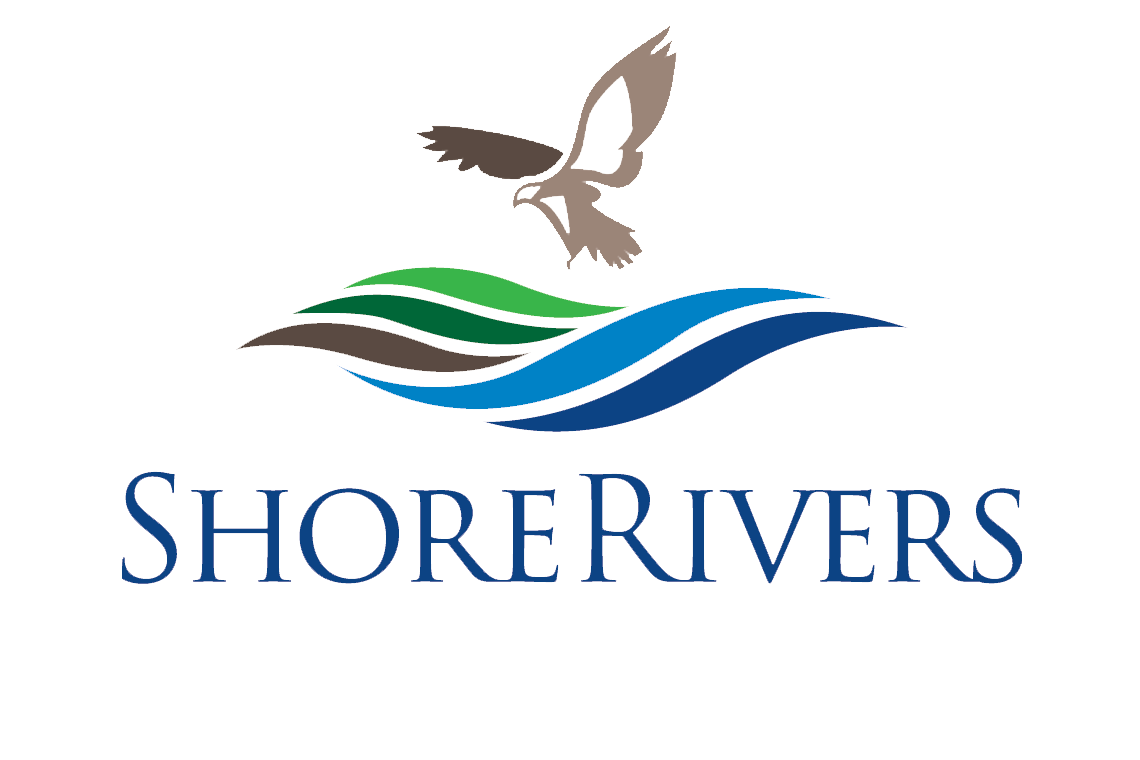In early September, ShoreRivers virtually hosted the Chesapeake Bay Commission’s quarterly meeting, which explored successes and challenges to meeting agricultural pollution reduction goals as outlined in the federally mandated Total Maximum Daily Load (TMDL). The 21-member commission, comprised of state legislators from Maryland, Pennsylvania, and Virginia as well as natural resource cabinet secretaries, acts as a catalyst for the coordination and leadership of state legislative and policy action to restore the Bay watershed.
As we near TMDL’s 2025 deadline, most jurisdictions in the Chesapeake Bay watershed are relying heavily on the agricultural sector to achieve the pollution reductions needed. Other sectors include urban stormwater, wastewater treatment plants, and septic systems. The commission heard from local experts about successful practices, the policies that support them and suggestions for policy changes in order to complete the final push.
In the state of Maryland, the Eastern Shore’s agriculture sector will produce approximately a third of the total nitrogen reductions required of the state; 17% will come from the Western Shore’s agricultural sector; and the remaining half will come from the urban, septic, and wastewater sectors across the state.
This presents an opportunity for the Eastern Shore to benefit from substantial conservation funding, increased technical expertise, and innovative ideas and technologies to reduce pollution in order to meet the 2025 deadline. State and federal funding for conservation projects including wetland and stream restorations, drainage practices, and floodplain reconnections boost the local economy by investing in local businesses and farms, contractors, engineers, construction workers, nurseries, and horticulturalists.
The meeting’s first panel, representing perspectives from the science, conservation, and agribusiness fields, was comprised of Isabel Hardesty, deputy director for ShoreRivers; Jeff Sweeney from the Environmental Protection Agency; and Lindsay Thompson, director of Maryland Association of Soil Conservation Districts and Maryland Grain Producers Association.
“In order to meet our 2025 pollution reduction goals, we need to provide funding to fully staff Soil Conservation Districts,” said Hardesty. “We need more technical service and expertise to implement conservation practices. These county districts are understaffed and it is actively inhibiting our ability to reach Watershed Implementation Plan goals.” Thompson highlighted this need as well.
Tim Rosen, director of agriculture & restoration for ShoreRivers, led the commission on a virtual tour of the history of conservation drainage practices around the Bay watershed, ending with a tour of projects completed with local farmers Kyle and Bobby Hutchison. Conservation drainage practices allow for better control of water in a farm field, resulting in less nutrient loss, erosion, and flooding, and greater crop yields.
“There is ample opportunity to implement conservation drainage practices across the Bay watershed and retain significant amounts of nutrients and sediments on farm fields instead of losing them to surface waters,” said Rosen.
To adequately meet pollution reduction goals, the Chesapeake Bay TMDL requires that all conservation practices be in place by 2025. In the remaining four years, both funding and implementation of practices must be prioritized in order to meet the deadline and achieve cleaner rivers and a healthier Bay.

